Hayden Shearman caught up with cofounders Amy Coats and Vanessa Cain about how they've combined their self-confessed "running and history nerdy-ness" to form Secret Runs London.
The London walking tour is something of an institution, but what sparked your interest in starting a running/jogging tour?
We love running, exploring, and telling stories. And there’s so much about iconic London that people just don’t know.
We’ve both travelled a lot—for work and play—and always take our running shoes. There is nothing like getting a sweat on and truly waking up before an important meeting, or working up an appetite for a local food feast. But all too often, they end up unused or pounding the hotel gym treadmill—very boring!
If you don’t know much about the city, it’s hard to know where to go to make the most of your time. You could be dodging hordes of tourists or feeling unsafe in a dodgy part of town, or getting lost and ending up late for the meeting. If you’ve just got a few days to spend, and want to learn about the city you’re visiting, whilst getting in a bit of exercise, running tours are ideal.
So we found sight jogging—a combination of running and urban exploration—perfect! And it’s getting pretty big. Most capitals worldwide have a serious and thriving sight jogging scene. But there’s not much up and running in London. Which is strange because people in London—both visitors and dwellers—love exploring and doing fun stuff; murder mystery challenges, experiential theatre and cinema, and general pop-up fun.
We both studied history and philosophy at university and we love learning about the lives and tales of times gone by. So Vanessa and I decided to put our running and history nerdy-ness to good use! We show people a different side to London.
London is an amazing and iconic city. But behind every famous sight lies a dazzlingly rich history, and some incredible stories. Tales that are tucked behind walls and beneath pavements, through gateways and down stairs, under rickety cobbles and surrounded by grand facades.
It’s a shame that you can be standing in a spot where some amazing tales have been lived and never know it! We know a lot about these secret sights and hidden histories, and we want to share them.
For example, one of our tours explores the area south of the City, which has historically been the preferred place for all the activities that the city didn’t want within its wealthier boundaries. For example, with the leather industry came an influx of people, poverty and unrivalled stench from the craft. We visit a number of signs to show what life was like in this era, including the remains of the Marshalsea—the debtors gaol inhabited by Charles Dickens’ family when he was 12 years old.
Speaking of mysteries, can you help with the mystery of why my marathon PB refuses to budge?!?
Urm… *cough * age? *cough* sorry, can’t help you there - some mysteries will never be solved!
Let's go back a little, what got you into running?
Both of us have very different running backgrounds! I used to hate and dread P.E. at school, especially team sports. My two buddies and I would hide in the girls' toilets to avoid it! But near the end of school, and when I got to uni, I started running to get out moving and rid of some stress between studying. I think then I realised that running is about freedom—no one’s telling you when, where and for how long. It’s pure freedom, and free endorphins, and I started to love it!
Vanessa is basically the opposite, she’s been hugely into team sports since she was little, so running has always been great training for hockey, netball, basketball etc. I gawk in disbelief when she tells me stories of how their knees used to bleed with the cold at matches on winter mornings.
Since we met on our first day at university, Vanessa and I have done lots of running together—obstacle course race like Spartan challenge, beer belly running events, marathons, and just generally pootling round the big smoke.
What do you love about being a runner in London?
London is one of the most diverse, buzzing, and cultural cities in the world. On top of that, it also ranks in the top five for greatest proportion of green public space, so as well as being an urban jungle with tons of nooks to explore, you’re never too far from a bit of grass to run on.
Although running can be great for having some away from it all, it’s also nice because there are generally lots of runners about, whatever time of day.
Aside from one (or three) of your running tours, what is the must-run spot (a park, canal, cemetery?!) in London for visiting runners?
I’d say Battersea Park. It’s just lovely, all year round. Beautiful old tress, fountains, lakes, tropical gardens, and lots of quiet spots to stop for a stretch, as well as water fountains and clean loos! Run the peace mile along the river and past a giant golden Buddha statue, and you can often smell incense burning. If you go near dusk, you can see the old candy yellow and baby blue Albert Bridge, stunningly lit up. [Read more on running in Battersea Park.]
Do runners need to be at a certain fitness level to enjoy the Secret London Runs?
Nope, not at all. It’s all about exploring at your own pace and having fun. We have a quick talk at the start about the pace people prefer. The group tours generally have around 3 to 5 people, so it’s easy to adjust the pace to make sure everyone’s happy, and gets a decent run without being too breathless to enjoy the stories along the way.
Some people prefer to run and listen as they go but most people prefer to stop and listen to the guide, so there are plenty of breaks!
Is it just for visitors or can locals come along too?
Both! Sightjogging helps you make the most of your time here—whether you’re a tourist or a Londoner. We’ve been featured in TripAdvisor, Timeout, Londonist, and lots of other websites aimed at helping find out what’s on, whether they live here or are just visiting.
Secret London Runs is a company that gives guided running tours, exploring London’s secret sights and hidden history. www.secretlondonruns.com

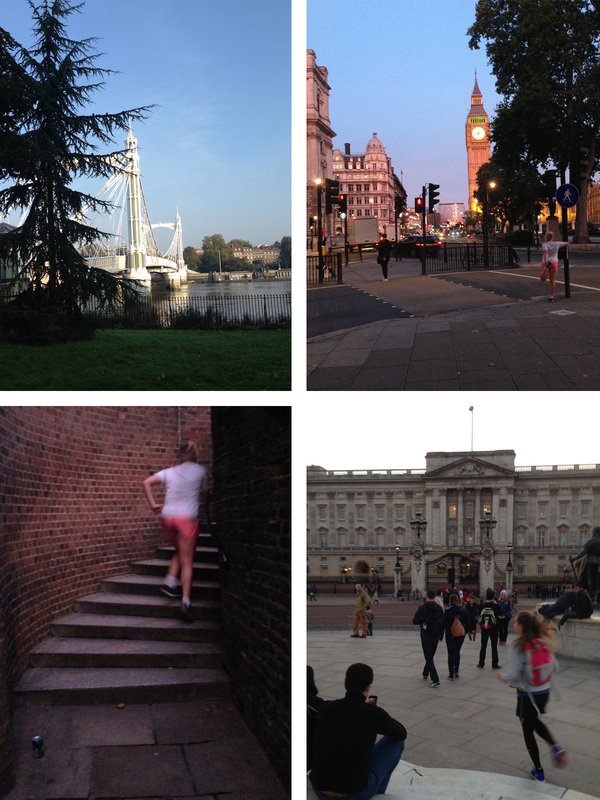
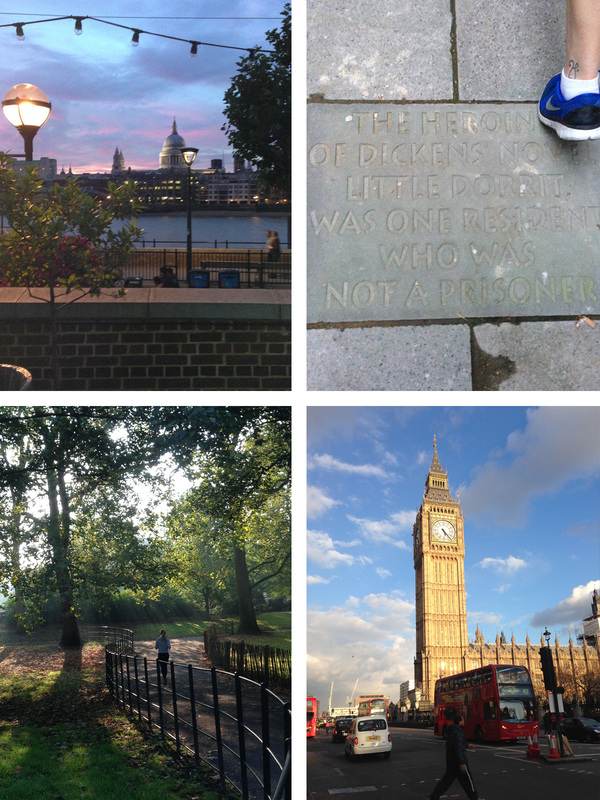
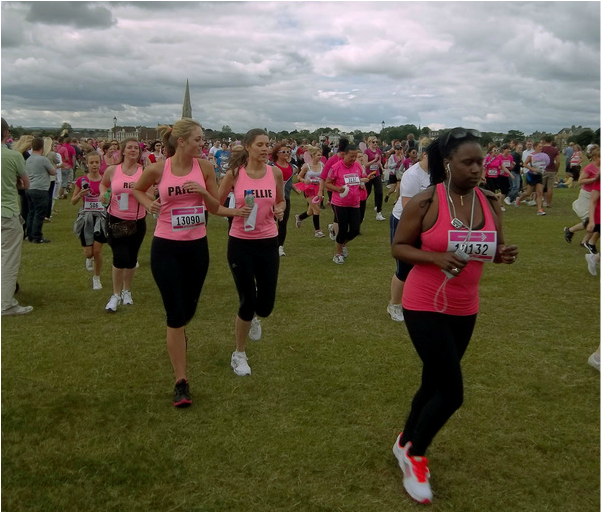
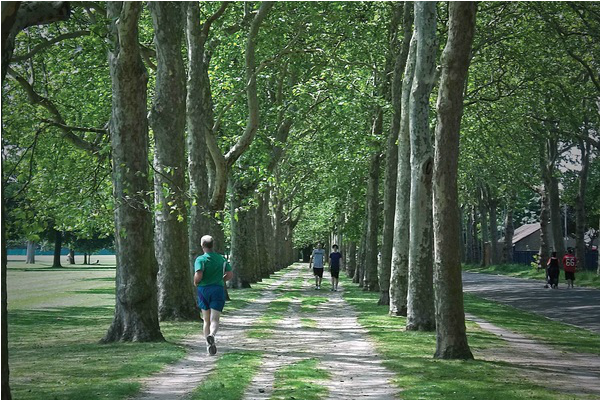
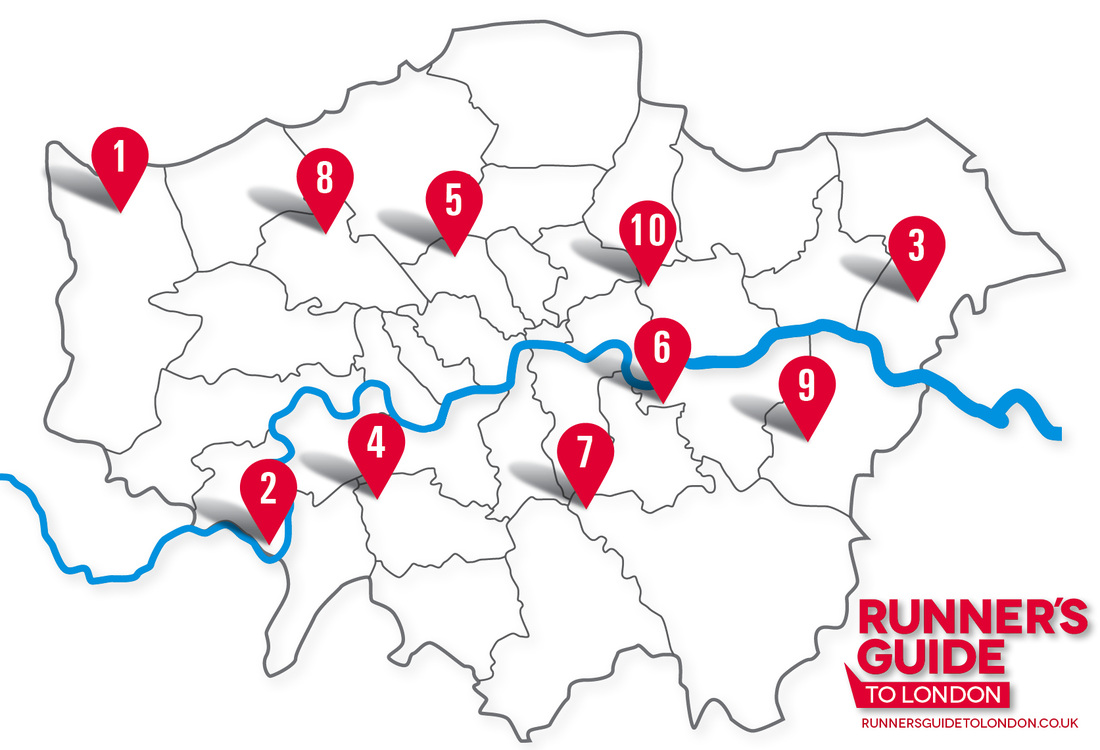
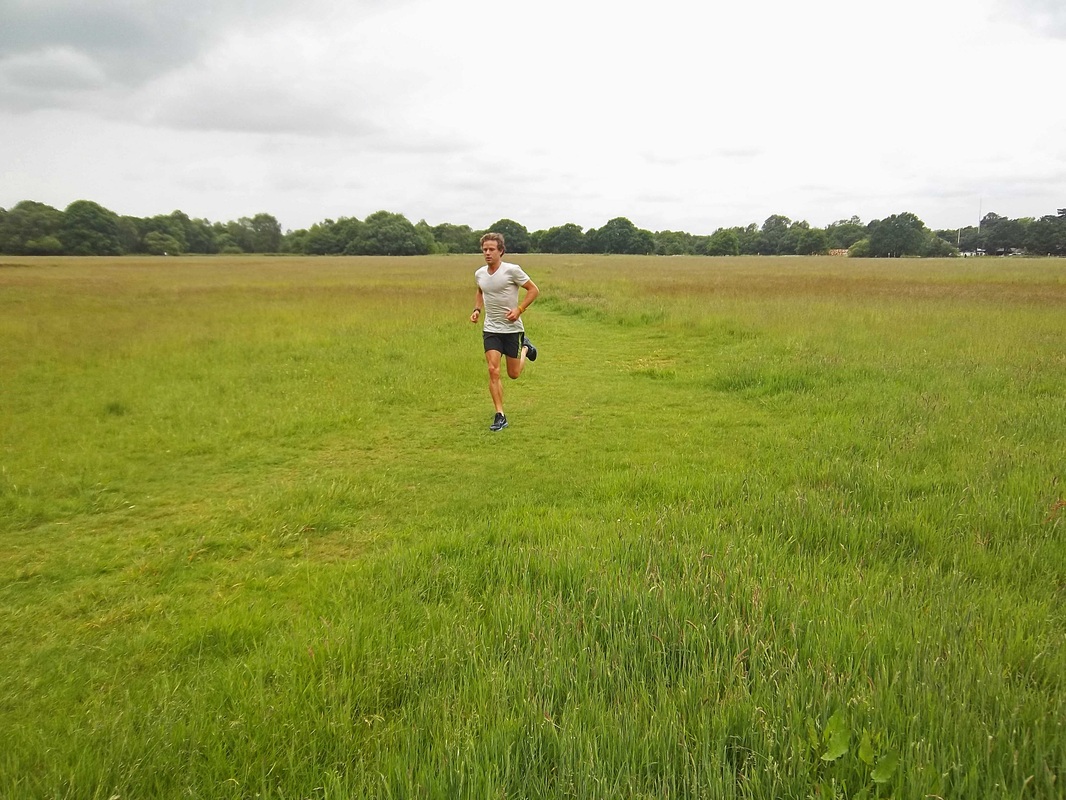
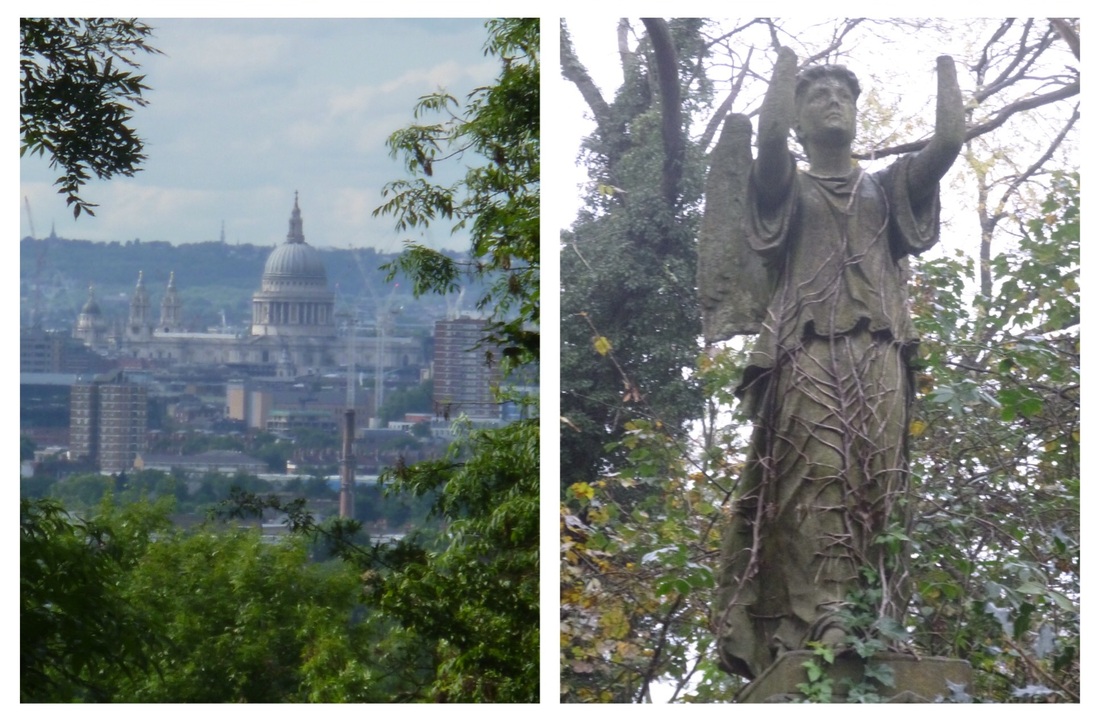
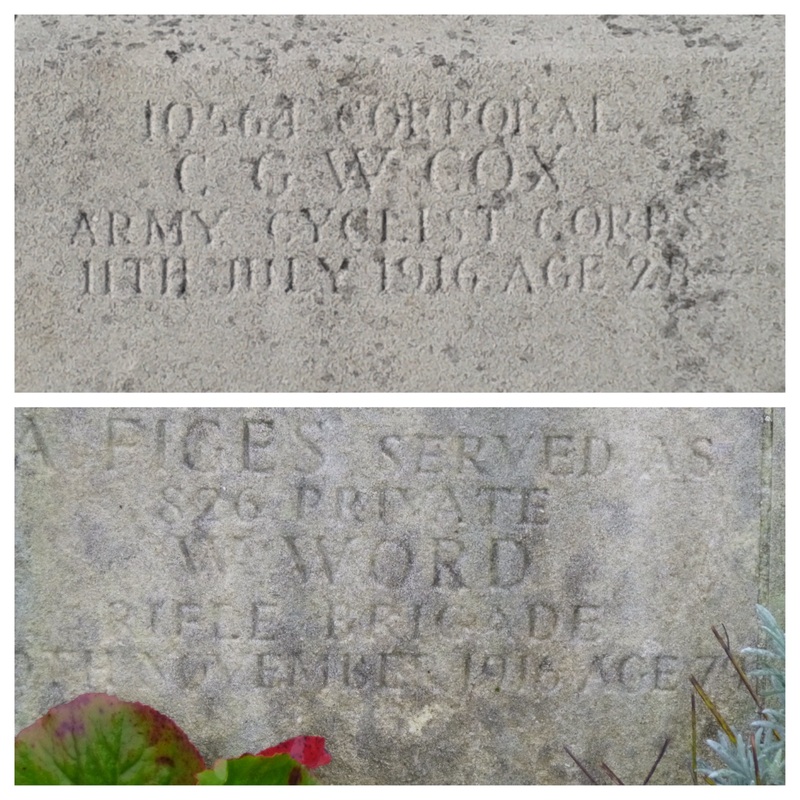
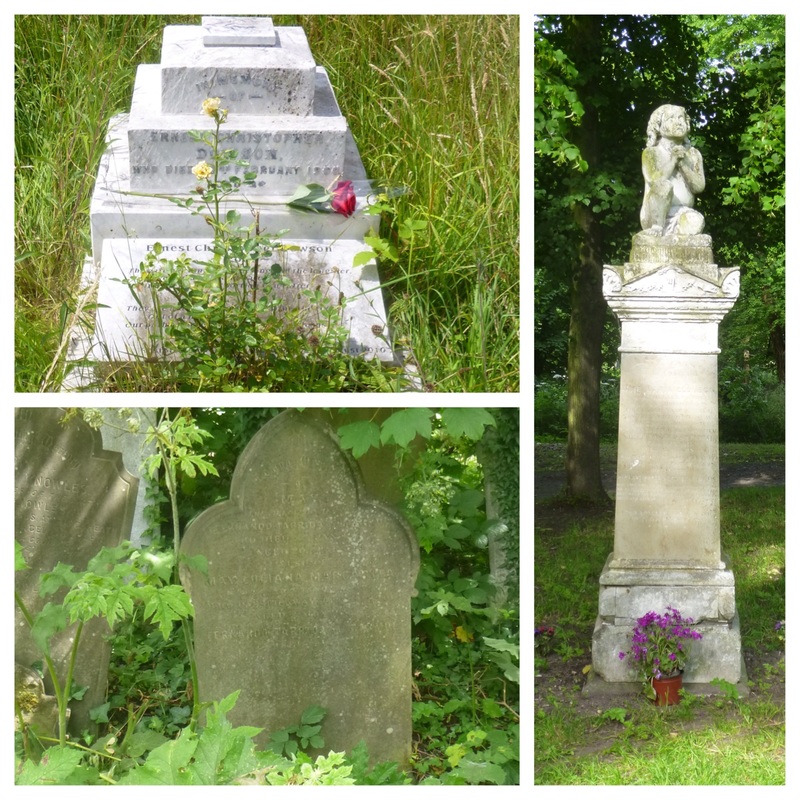
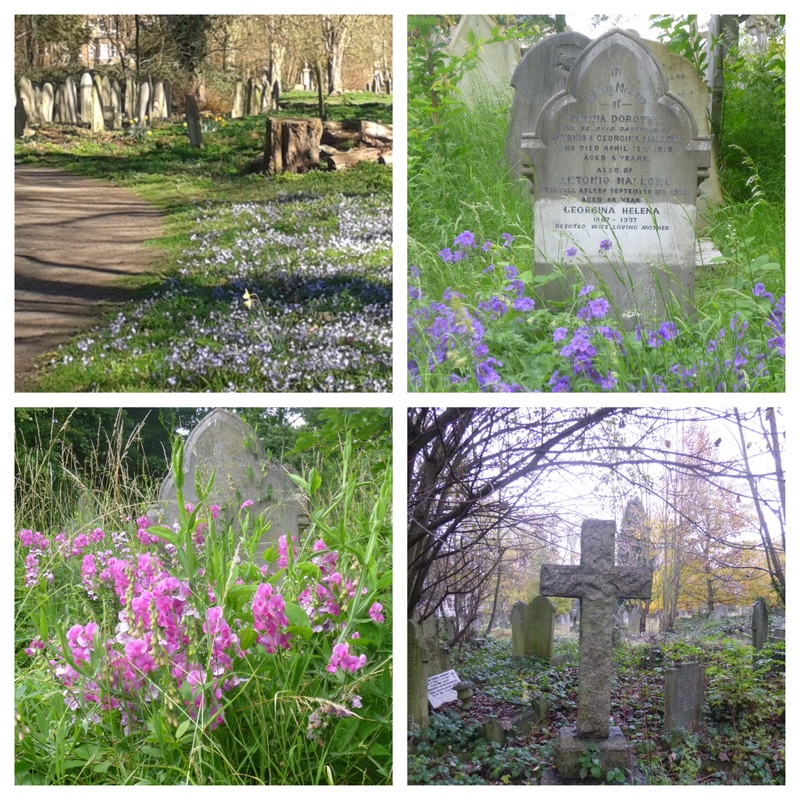
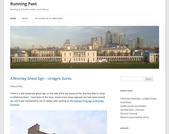

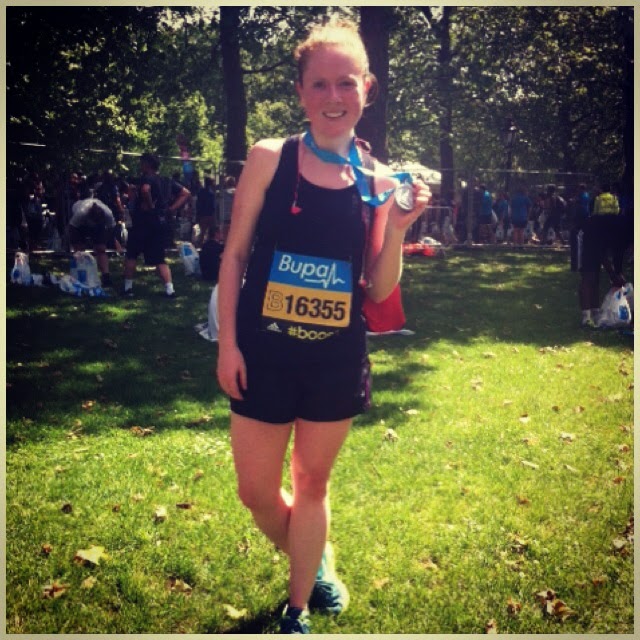

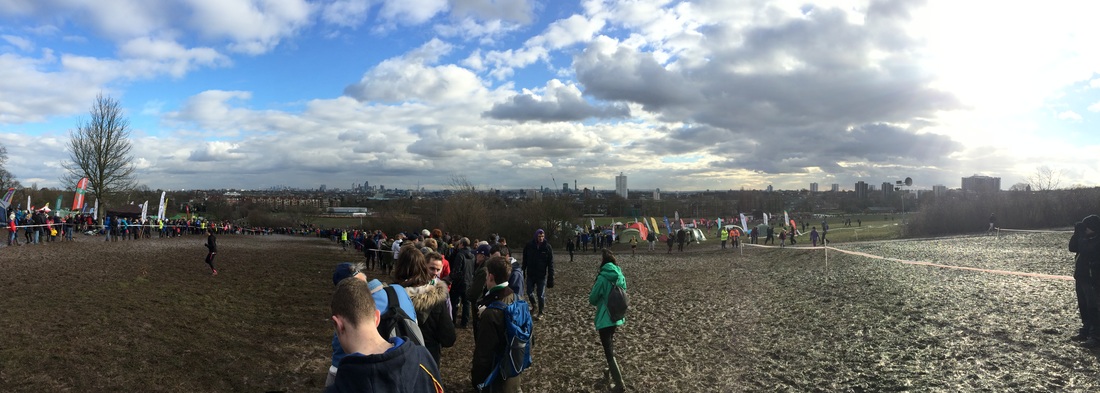
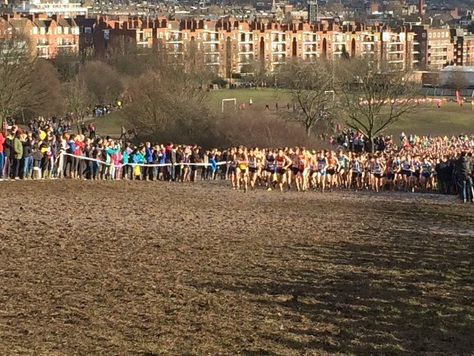
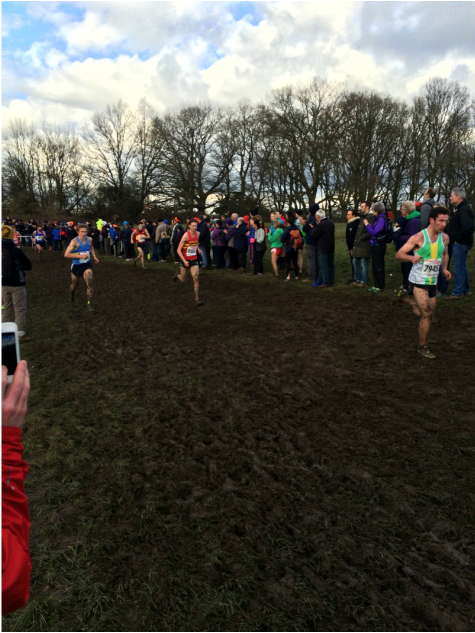
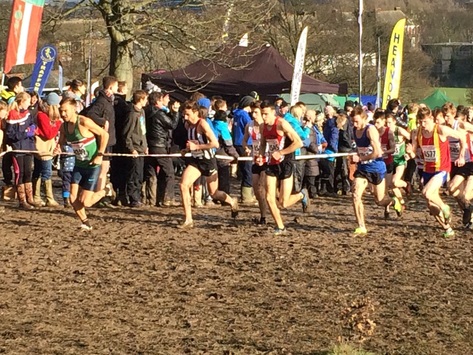
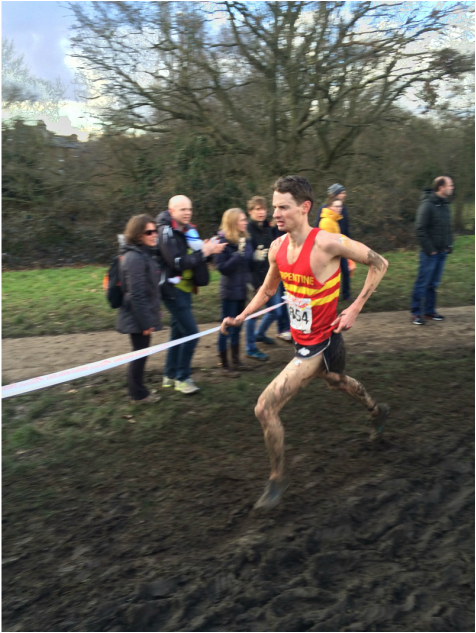
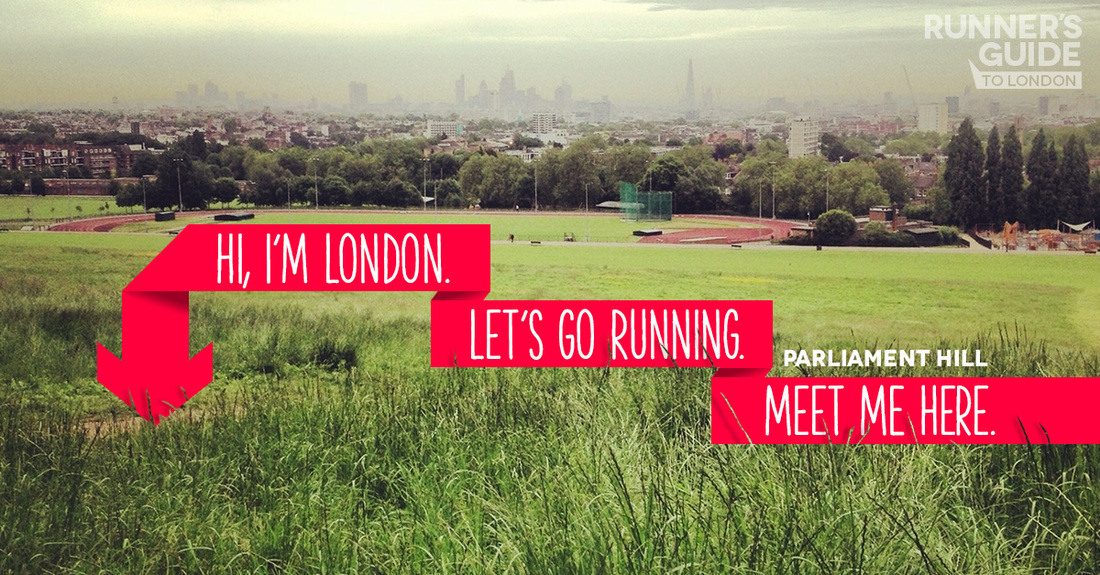

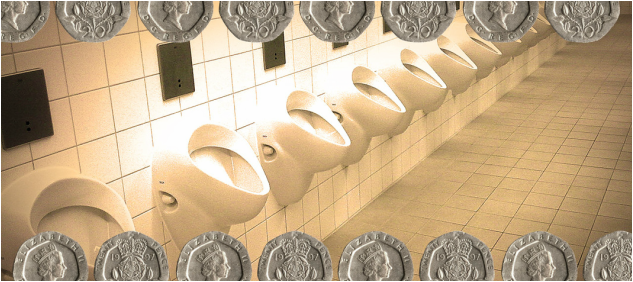

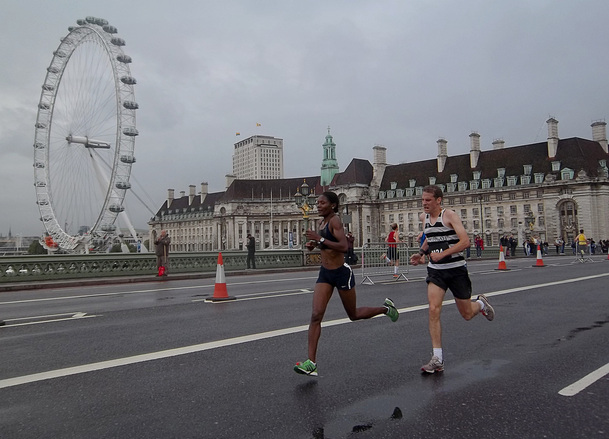
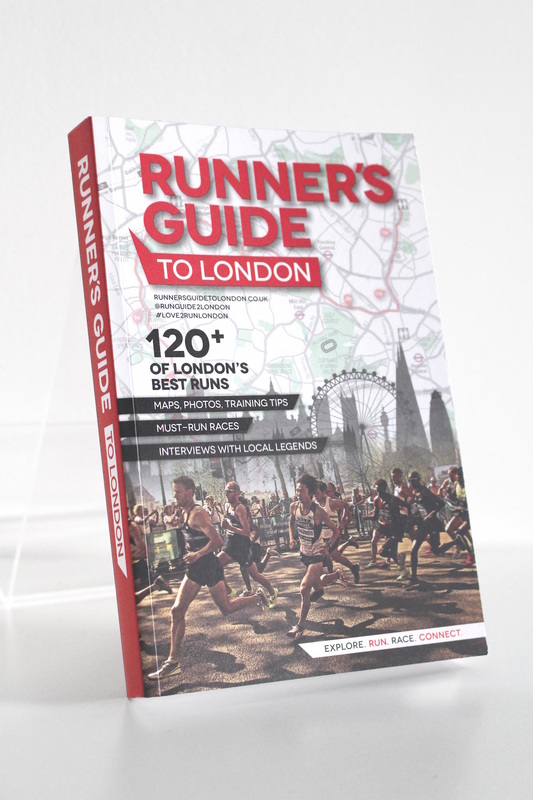
 RSS Feed
RSS Feed


